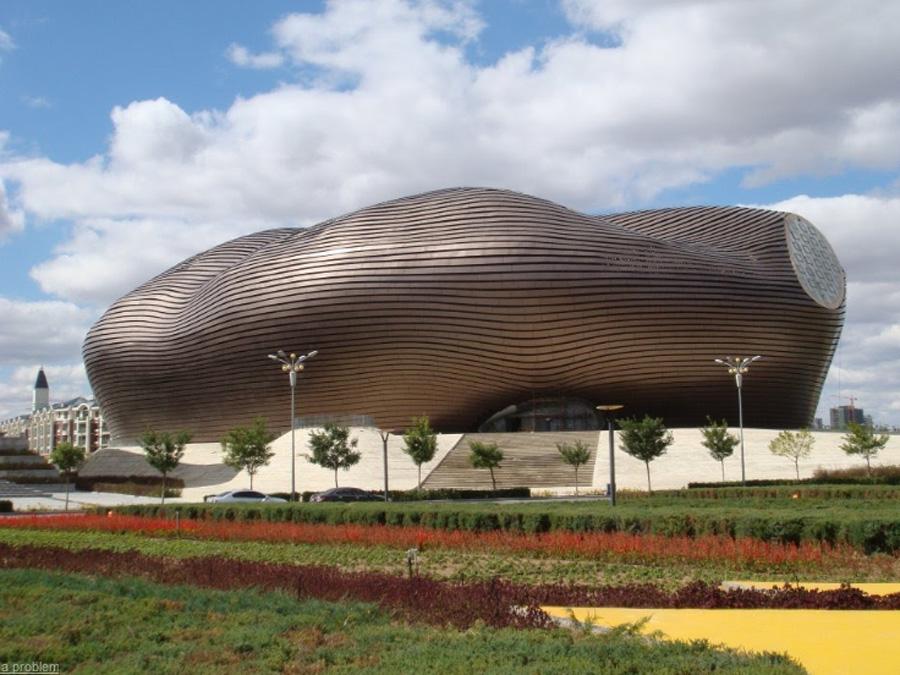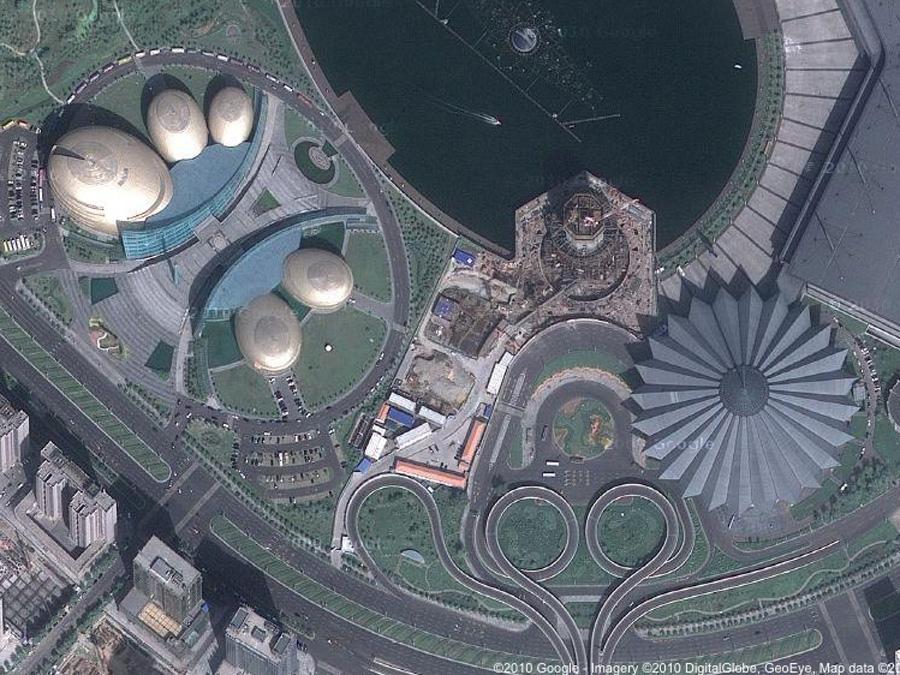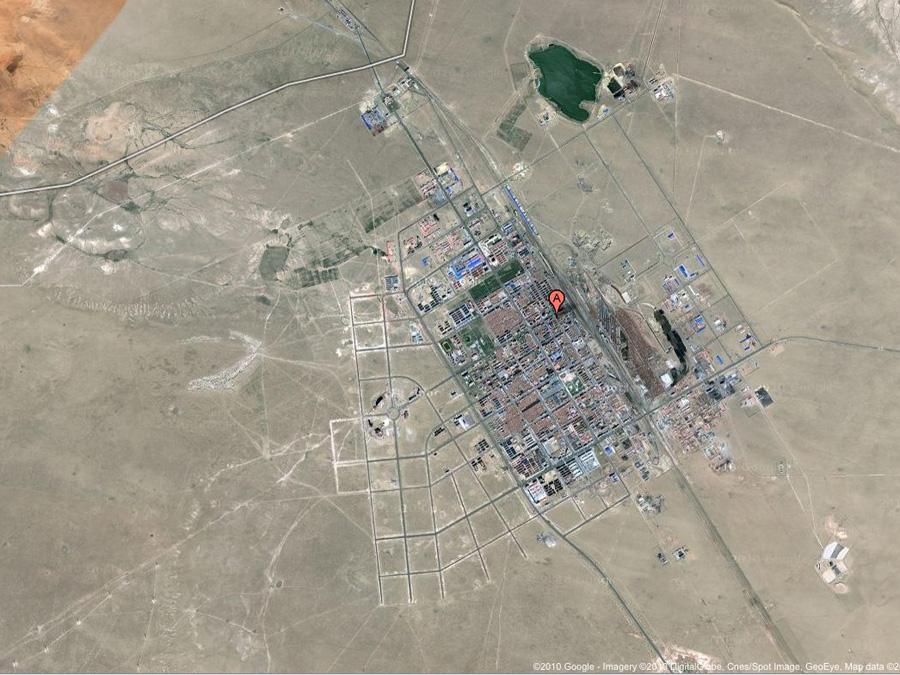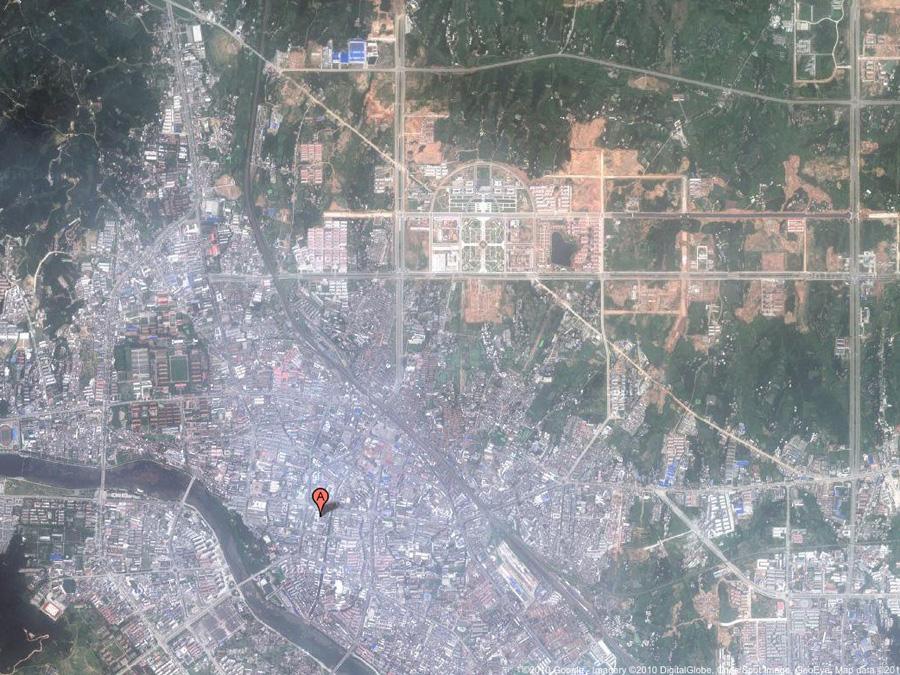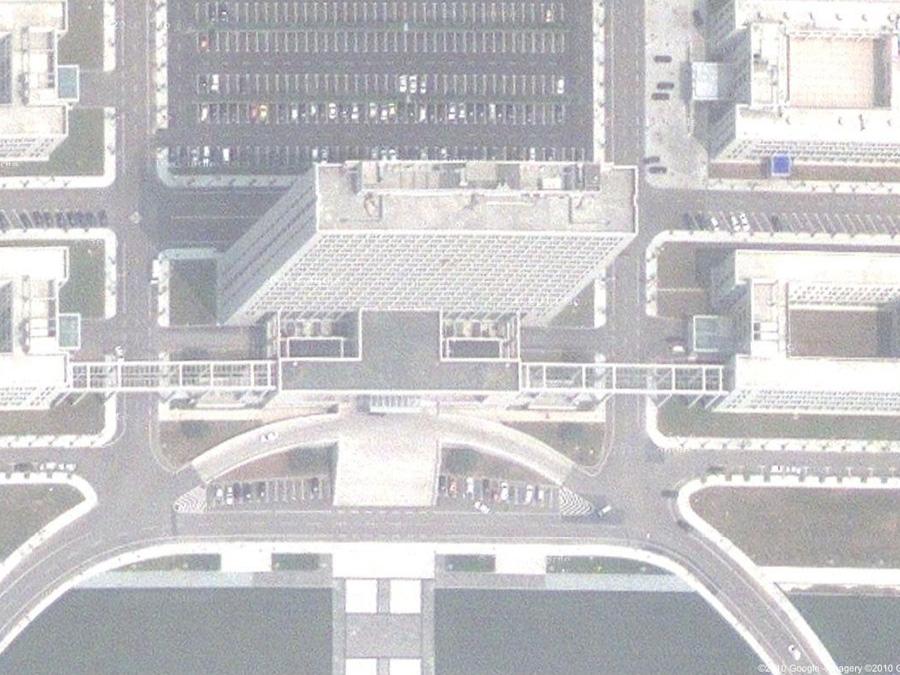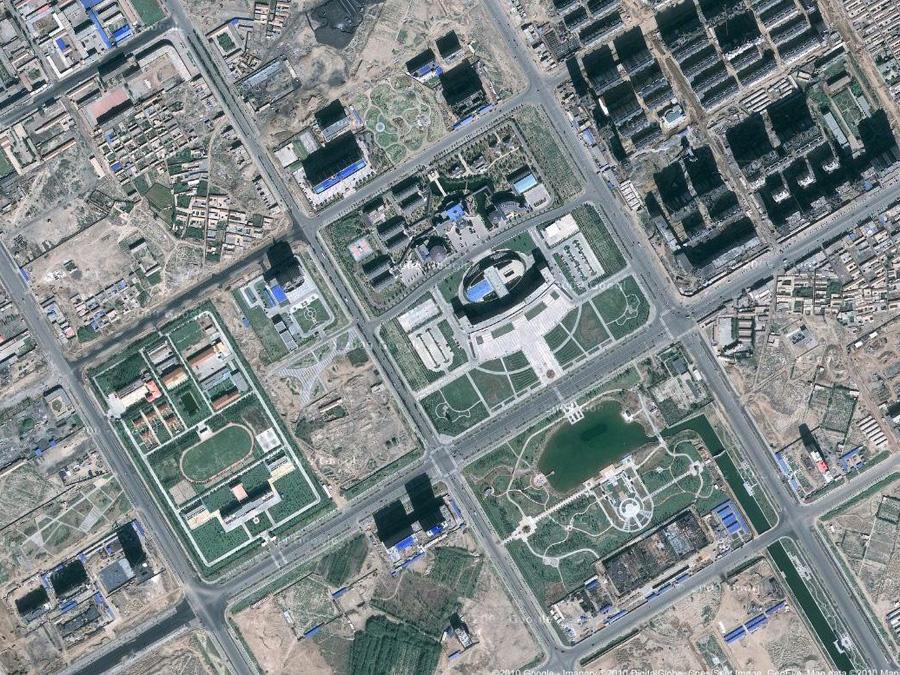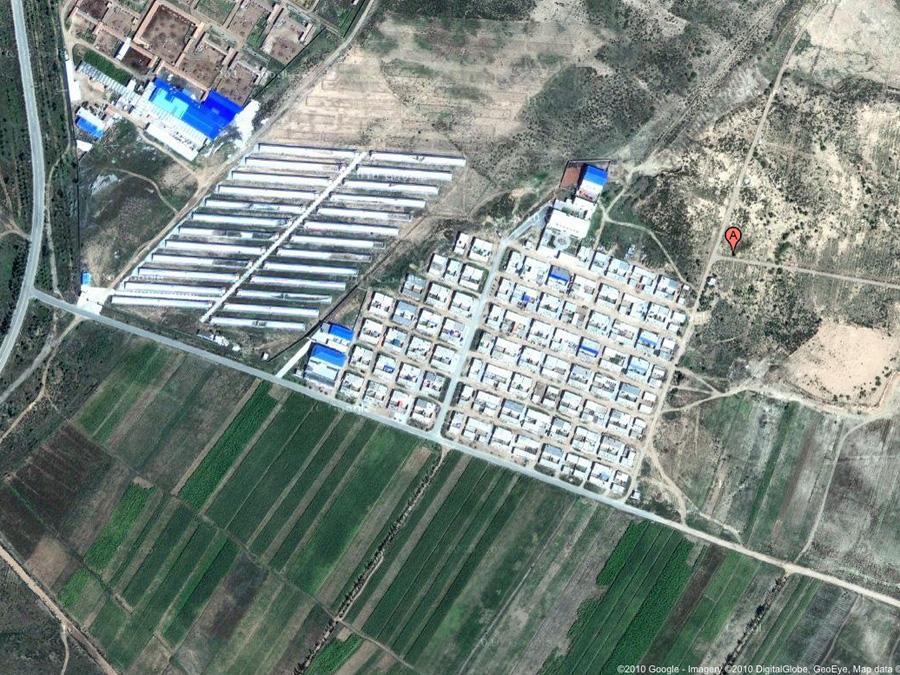Dateline Report on China’s Ghost Cities
Posted: March 26th, 2011 | Author: jenny | Filed under: Uncategorized | 2 Comments »In a moment of uncanny timing yesterday, I ran across a link to a fabulous Dateline episode on the topic of China’s ghost cities in a new post by Mike Shedlock at Mish’s Global Economic Trend Analysis. Having just written on the subject here at The Paper Boat, I thought I’d follow up.
The New South China Mall, which opened in 2005, stands empty with 99 per cent of its shops having remained unleased and attractions including an indoor and outdoor roller coaster standing idle.
The Dateline piece, by video reporter Adrian Brown, explains how China’s ghost cities are the result of a government effort to keep China’s Gross Domestic Product booming. China’s economy has been on fire for several years, with last year’s GDP growing near ten percent to make it the second largest economy in the world after that of the US. Chinese leaders have no intention of letting the country’s new economic power status falter. Because of this, there is tremendous pressure to keep the GDP growing, and the simplest way to do that is for the government to keep spending. This keeps people working and goods moving. So the Chinese government continues to funnel massive amounts of cash into infrastructure projects by building massive shopping malls, residential real estate, whole new cities and roads to connect it all together.
One of the most striking aspects of the documentary is the contrast it reveals between the fantasy lifestyles advertised in connection with the new homes of the ghost cities and the reality of how average working people live in China. The majority of the country is still very poor, and despite the illusion of prosperity the government construction provides China is still a developing nation with few resources relative to the size of its population. The average annual wage in the country is $6,000, yet a typical housing unit in the new cities runs $70,000 to $300,000 and up. Only wealthy investors can afford to buy the units, which they have… and everyone waits for a “someday” when people will actually move into them. So the years are passing. The ghost cities remain empty as the populace grows more agitated and the empty buildings begin to show signs of neglect.
China is sitting on the largest property bubble in the world right now. It will not end happily. Many will be left financially devastated. In other words, it looks as though the world’s second largest economy is pumped up on hot air. It’s interesting to see how a communist country like China is vulnerable to the same forces of human nature that our own capitalist nation is. In the US we have Wall Street using the housing bubble to rip off the public for unfathomable personal gain, and in China the government is gaming its own system to achieve world power. The problem is, this all wreaks havoc on the people.  And then again, these sorts of power plays eventually result in what might be likened to shooting oneself in the foot, or biting the hand that feeds. Just ask Marie Antoinette. The relentless exploitation of the masses leaves one very lonely at the top of the pyramid, and if revolution doesn’t put an end to the devastation there will eventually be simply nothing left to take. China will pay the price for its decadence one way or another. It certainly seems the country is not the global power it strives to be seen as, in any case.
As Mike Shedlock comments, “All this talk about how undervalued the Yuan is, how China will rule the world, and why the Yuan will be the next global reserve currency is pure silliness.
China’s growth is nothing more than a credit bubble on steroids. Cities are vacant, yet China keeps building, and building and building.
The true state of affairs is China’s banks are insolvent. China is building units for which there is little demand and few can afford. China will have to print money to pay for all of this malinvestment. The idea the Yuan is undervalued fails to take into consideration any of this.”
Mish’s Global Economic Trend Analysis
World’s Biggest Property Bubble
Mike Shedlock
March 23, 2011
http://globaleconomicanalysis.blogspot.com/2011/03/worlds-biggest-property-bubble-chinas.htmlDateline SBS
China’s Ghost Cities
Adrian Brown
March 20, 2011
http://www.sbs.com.au/dateline/story/about/id/601007/n/China-s-Ghost-CitiesAsia News Network
China’s GDP Surged 10.3% in 2010
Li Woke, China Daily
January 21, 2011
http://www.asianewsnet.net/home/news.php?id=16909



